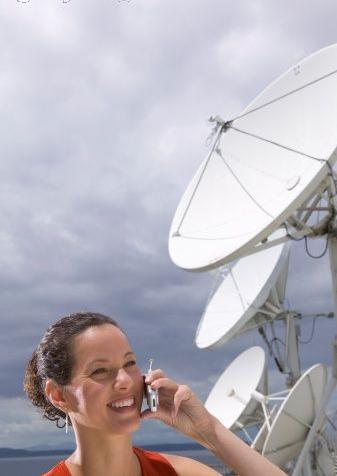EE2T21 Telecommunications B
Not running
Topics: Modulation, introduction to networks
Transmission and distribution of information by means of telecommunication techniques and networks form the backbone of our society. As a follow-up on Telecommunications A (EE2T11), the following aspects will be treated in Telecommunications B:
- Part 1. Telecommunication Techniques:
- modulation techniques to convert analog and digital information bearing signals onto signals suitable for transport over a guided (cable) or unguided (wireless) medium,
- quality of detection of these signals in the presence of disturbance due to noise,
- related system trade-offs that can be made.
- Part 2. Telecommunication Networks: an introduction to telecommunication networks like local networks, the Internet and telephony networks.
After the course, the student has gained insight in and understanding of the following concepts and, based on this, is able to solve system related problems supported by calculations:
- bandpass signals and systems: complex baseband description, modulation, demodulation, generic transmitter and receiver concepts,
- linear analogue modulation techniques (AM, DSB, SSB),
- non-linear analogue modulation techniques (PM, FM),
- digital modulation techniques (OOK, FSK, BPSK, QPSK, MSK, CDMA and OFDM),
- signal-to-noise ratio before and after detection of analogue signals,
- matched filtering,
- bit error probability after detection of digital signals,
- the functionality needed to realize 'end-to-end' communication in a communication network,
- the different concepts needed to design a data communication network,
- understanding of the relations between these concepts in a network architecture and their mutual interactions.
Teachers
dr.ir. Gerard Janssen
Physical layer communication; UWB; localization
Maksim Kitsak
Last modified: 2024-09-04

Details
| Credits: | 5 EC |
|---|---|
| Period: | 0/0/0/4 (not running) |
| Contact: | Gerard Janssen |